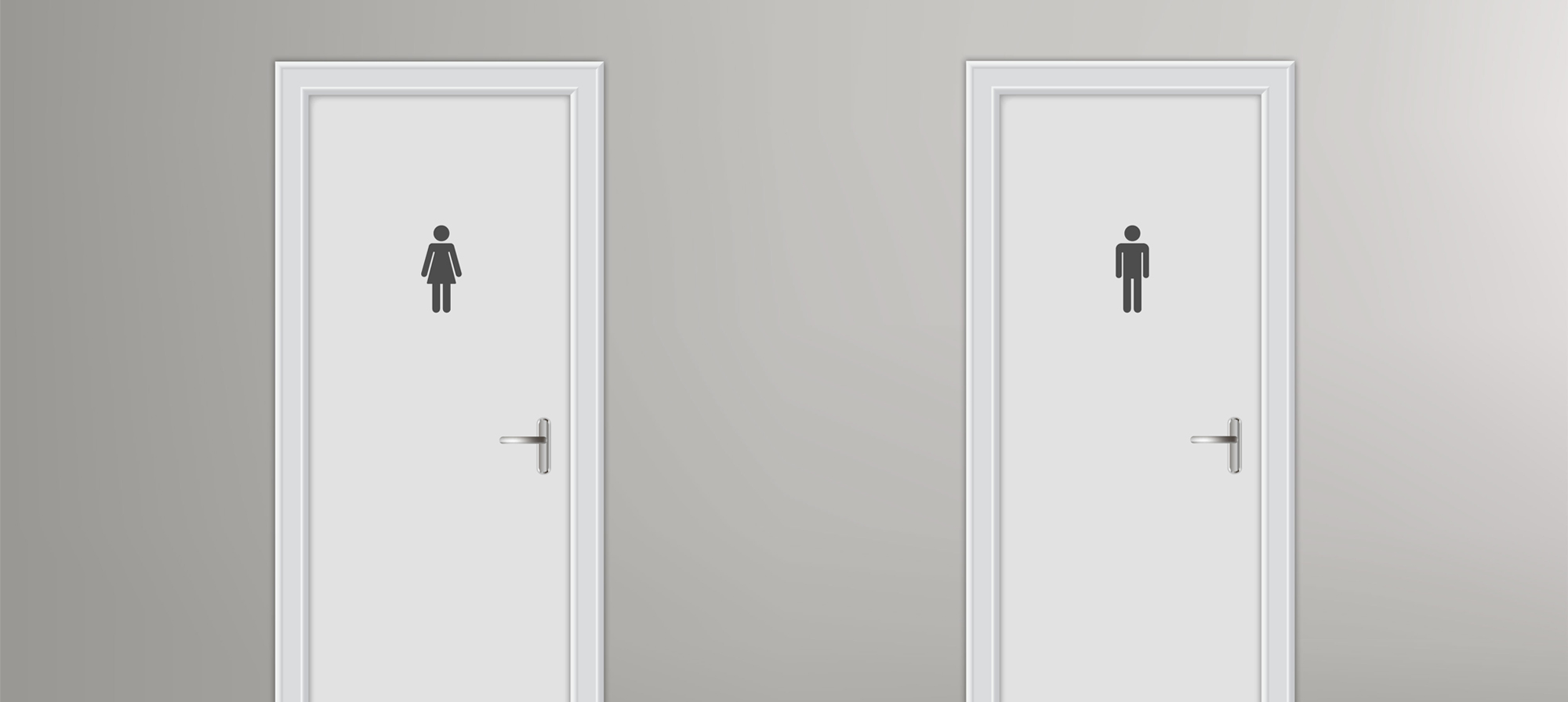If you sometimes lose control of your bladder, the first thing to know is that you are not alone. Millions of people experience urinary incontinence. The second thing to know? It’s treatable.
What is urinary incontinence?
You’re laughing with friends over lunch when you feel it…a urine leak. Loss of bladder control is certainly not a convenient problem to have, but it is a surprisingly common one. The clinical name for loss of bladder control is urinary incontinence (UI). Weak pelvic muscles are usually the cause. And your next cough or sneeze might be enough to prompt it.
What are the main types of UI?
Two of the main types of UI are:
- Stress incontinence: This type of UI involves small leaks of urine when you sneeze, cough, laugh, or move in a way that puts pressure on your bladder. It is caused by weakened pelvic muscles.
- Urge incontinence: With this type of UI, you feel a sudden, intense need to urinate and can’t get to the bathroom in time. It is due to damage to the nerve pathways between your brain and bladder. The result is sudden bladder contractions that you can’t control.
It is possible to have more than one type of UI.
What causes long-term UI?
If your UI has been going on for a while, there might be any of several reasons. Age is one. With age, the walls of the bladder grow less elastic and the muscles weaken. The bladder then holds less urine. The muscles may start to contract without warning.
Certain disorders can interfere with the nerves that control your bladder. These include multiple sclerosis, Parkinson’s disease, and spinal injury.
Sometimes, a blockage can be the source. In men, an enlarged prostate can block urine flow through the urethra. In women, a prolapsed (fallen) bladder or vagina can block it. Other sources of blockage and UI include tumors and urinary stones.
Some conditions, like arthritis, can also contribute, by making it harder to move quickly. You may not make it to the bathroom in time.
How is UI diagnosed?
To find out if you have UI, a doctor will take your medical history and give you a thorough exam. He or she may also order tests. Your doctor may also ask you to keep a diary of how much you are drinking, how often you urinate, and your symptoms.
How is it treated?
For some people, simple lifestyle changes like drinking less coffee or taking a different medicine, will help with the symptoms of UI. Other common treatments include:
- Kegel exercises. This type of treatment may involve doing pelvic muscle exercises, called Kegels. These strengthen the small muscles you use to stop the flow of urine.
- Training and more trips to the bathroom. In bladder training, you learn to delay going to the toilet for longer and longer after you feel the urge. Scheduled trips involve going to the toilet every 2 to 4 hours, whether or not you feel the urge.
- Taking medicine. A number of medicines are used to treat UI. Some help you empty your bladder more fully. Others help tighten pelvic muscles that stop the flow of urine.
- Making lifestyle changes. Avoid bladder irritants like coffee, tea, soda, and alcohol. Choose water instead of other drinks. And limit the amount of liquid you drink before bedtime.
- Surgery. Surgery may be an option for people with certain types of UI if other treatments haven’t worked. For instance, surgery can repair a woman’s prolapsed bladder. And surgery may help men with enlarged prostates that are pressing on the urethra.
See your doctor for help.
If you have been living with UI—especially if it’s affecting your daily life—find out how your doctor can help. There’s no need to keep dealing with the symptoms.
Not a Silver&Fit® member? Learn more about everything the program has to offer, including more helpful healthy living tips like this, here on our website.
This information is not intended to take the place of regular medical care or advice. Please check with your doctor before using this information or beginning any self-care program. Images used for this article do not depict any members of the Silver&Fit program.
References
Mayo Clinic. (n.d.). Urinary incontinence. http://www.mayoclinic.org/diseases-conditions/urinary-incontinence/basics/definition/con-20037883?p=1
MedlinePlus. (2022, July 21). Aging changes in the kidneys and bladder. http://www.nlm.nih.gov/medlineplus/ency/article/004010.htm
Medline Plus. (2023, January 1). Kegel exercises – self care. https://medlineplus.gov/ency/patientinstructions/000141.htm
Medline Plus. (2024, January 9). Urinary incontinence. https://medlineplus.gov/urinaryincontinence.html
National Institute on Aging. (2022, January 24). Urinary incontinence in older adults.
https://www.nia.nih.gov/health/urinary-incontinence-older-adults
U.S. Department of Health and Human Services. (2021, February 22). Urinary incontinence. https://www.womenshealth.gov/a-z-topics/urinary-incontinence
This article was written by Sharon Odegaard, edited by Candace Hodges and clinically reviewed by Elizabeth Thompson, MPH, RDN, on November 4, 2024.





